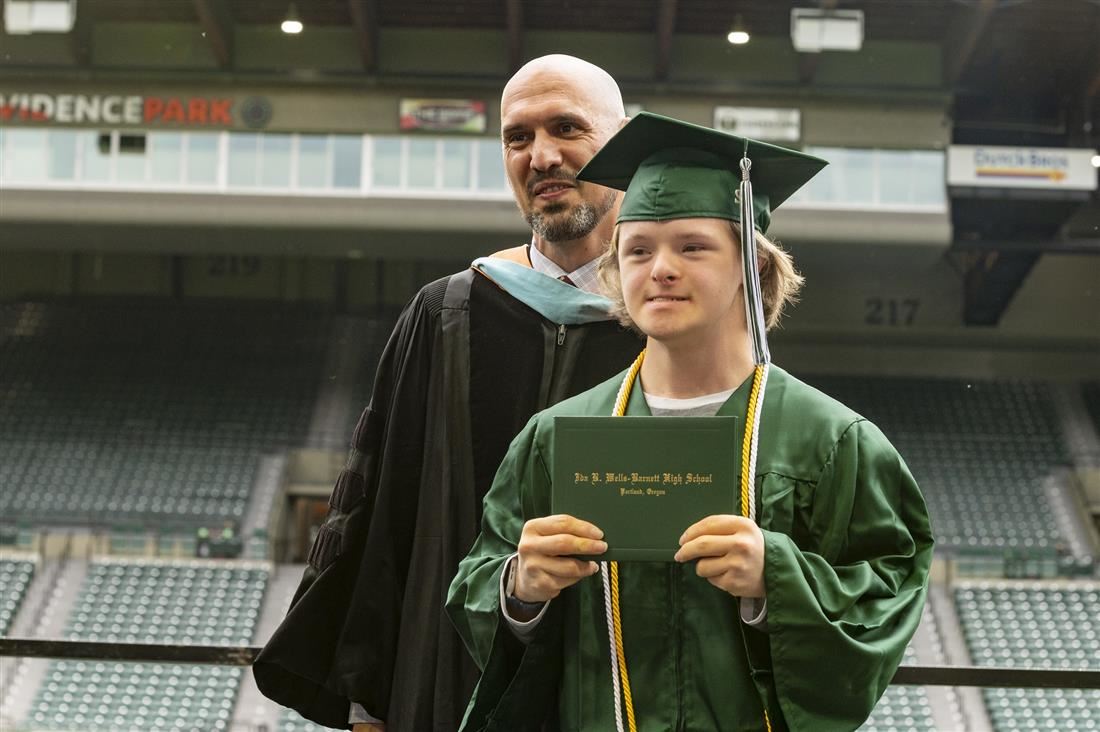-
SPECIAL EDUCATION
Systems and Structures for Inclusive Practices
-
Our Mission:
The Special Education Department is committed to providing instructional services in inclusive environments that will prepare students that receive special education services for life and careers.
PPS is in the process of a program improvement plan for Special Education, which includes the following goals:
-
Goal #1
Establish Systems and Structures for Inclusions
Our system-wide capacity for inclusion of students is supported by the consideration of special education needs in planning for professional development, curriculum adoption, budget, Multi-Tiered Systems of Support (MTSS), Career and Technical Education (CTE), and staffing. This ensures that every student can attain the Graduate Portrait, and every educator can develop their capacity to be inclusive and responsive to all diverse learners, as reflected in the Educator Essentials.
-
Goal #2
Promote an Inclusive Mindset
We understand and implement inclusionary practices for students with disabilities, including full implementation of MTSS, Universal Design for Learning (UDL), comprehensive professional development, and tiered academic supports, aligned to the Graduate Portrait and Educator Essentials.
-
Goal #3
Build the Advocacy Power of Students
and Families of Students with DisabilitiesWe work with families and students to identify information needs and expand resources about all aspects of the special education process, including evaluation, eligibility, and Individual Education Plan (IEP) processes. We empower students to lead their own IEPs. Educators have the training and support to be fully inclusive of all families and students and help create connections between special education supports and the Graduate Portrait.
-
Goal #4
Reimagine Relationships and a Sense of Belonging
Focus on inclusionary practices for students with disabilities. Our “design principles for belonging,” based on collaborative work with students, student groups, families and communities, and external research, build capacity throughout the system to reimagine relationships, foster community and belonging, and reimagine discipline. The design process identifies needed resources and creates the conditions for greater physical and emotional safety for students and educators.



